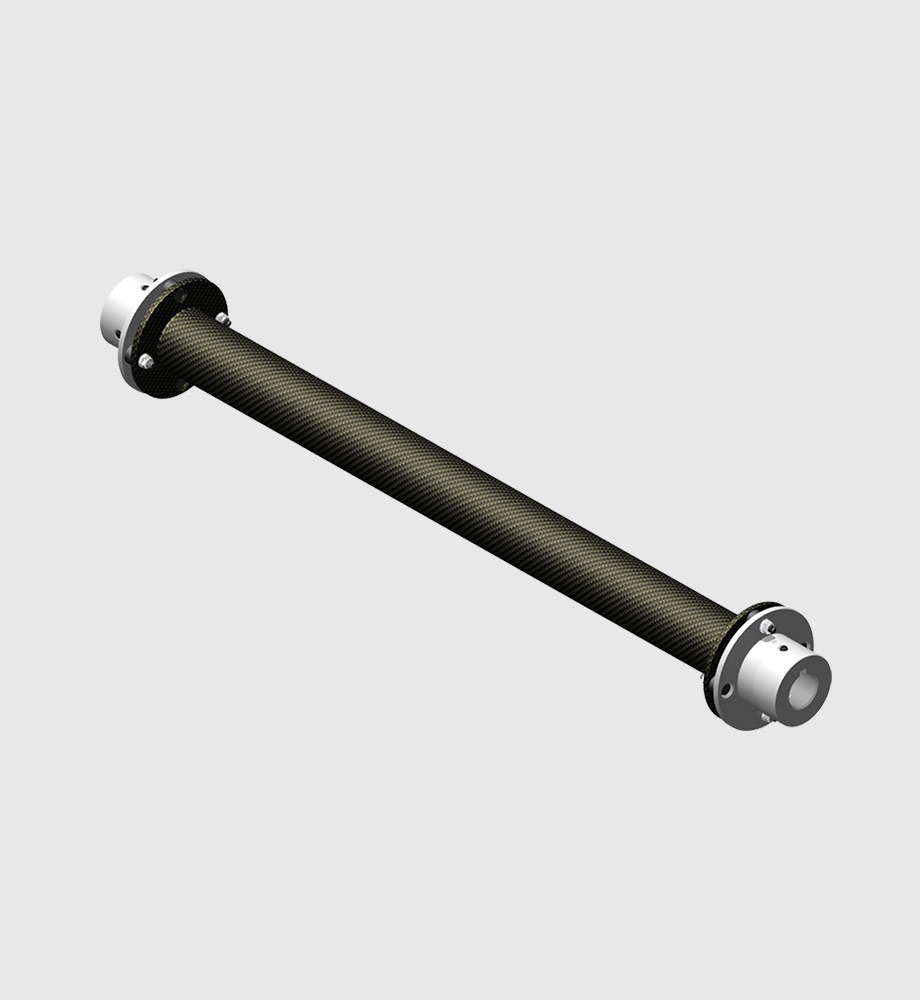Key Features
- High-modulus carbon fiber fibers (240+ GPa) in an epoxy matrix; precision-wound or pultruded construction; optional metallic end fittings (flanges, couplings) can be adhesively bonded or co-molded.
Benefits
- Dramatic weight reduction (up to 70% lighter than steel) with equal or greater torsional strength; excellent fatigue life under cyclic loading; inherent damping reduces vibration; immune to corrosion and temperature extremes.
Applications
- Specialized shafts and columns in wind systems – e.g., long-distance torque shafts (yaw or pitch drives), generator support rods, or instrumentation booms. Also used in turbine blade tooling mandrels and turbine nacelle decks.
Technical Specifications
- CFRP shafts are typically cylindrical, with diameters and wall thickness engineered for specific torque requirements. Typical torsional stiffness can exceed 1000 GPa·cm². Temperature range: –50°C to +100°C (depending on resin). In some cases, the core may be hollow with internal honeycomb. The surfaces are often coated or painted for UV protection.
Unique Selling Points (USPs)
- Our CFRP shafts are custom-designed: we can adjust fiber orientation and layering for tailored stiffness and strength. CFRP shafts reduce mechanical losses and allow higher rotational speeds for a given torque. Compared to steel shafts, our CFRP solutions dramatically cut weight and eliminate corrosion maintenance. We can also supply CFRP monobloc spindles or multi-segment shafts with coupling flanges already attached.

